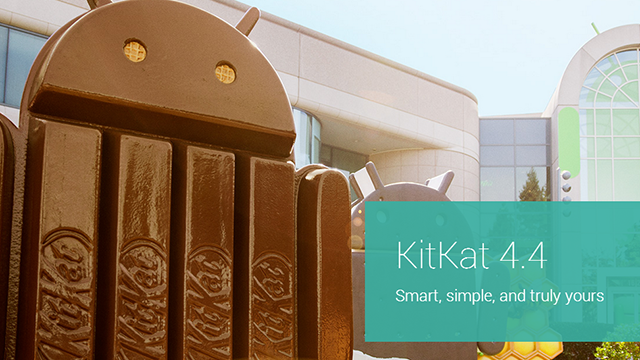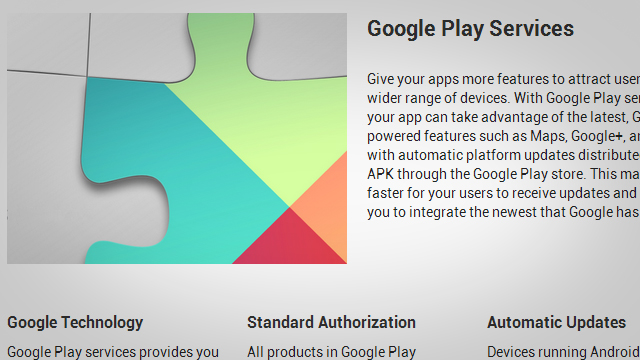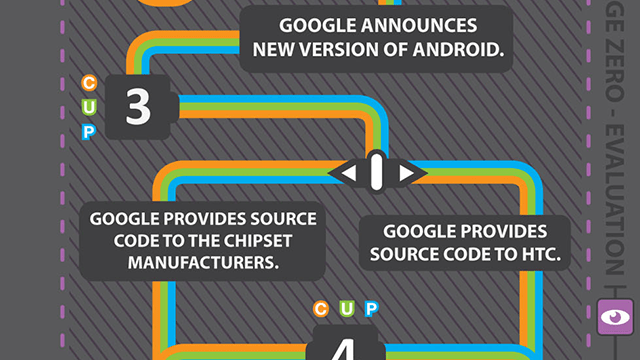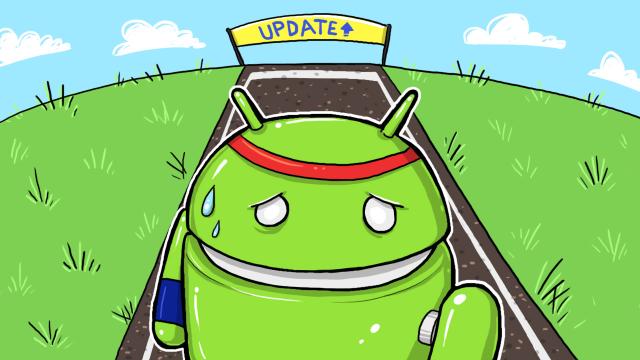Since the days of the HTC Dream, Android updates have been seen as the holy grail of new functionality and software improvement. But it may be time to stop obsessing over the latest 0.1 iteration of the OS.
Why Do We Want Android Updates Anyway?
Android OS updates function a bit differently than other operating system iterations these days. In Windows, OS X, iOS and Linux distros, an OS update brings new core functionality (and potentially a redesigned interface). While this is still somewhat true of Android, Google has been increasingly using Play Services to roll out new system-wide features. Additionally, it has moved a lot of functionality to individual app updates, rather than lumping them in with the system.
In the early days of Android, if you got any new features, nearly all of them would come from OS updates. However, that has changed over the last year. Here is a non-comprehensive list of apps and features that have either been improved or added without an OS update:
- Gmail
- Calendar
- Messaging (Hangouts)
- Maps
- Keep
- Drive
- Google Now
- Chrome
- Play Store
- Introduction of Play Games
- Synced notifications
- Geofencing
- Activity recognition (apps can recognise if you’re walking or driving, for example)
In comparison, here are some of the features that the new versions of Android released in 2013 (4.3 and 4.4) brought to the table:
- Restricted profiles on tablets.
- Dialler improvements (both 4.3 and 4.4)
- Cloud printing integration
- Updated Downloads app
While the above features aren’t unimportant, they’re also not things that everyone in the world will be clamouring for every day until they receive an update. If this is where it ended, then there would still be plenty of reason to want Android OS updates as fast as possible, even if it wasn’t the most crucial thing for all users. However, there are downsides to early updates, as well.
Android Updates Sometimes Bring Major Bugs

The Google faithful might find it heretical to say so, but new versions of Android don’t always arrive without their fair share of problems. The general advice if you want fast OS updates is to get a Nexus device. However, here are some of the known bugs that come with either new versions of Android or a new Nexus:
- Exchange email support was “badly broken” for 4.4 users for a while.
- Google Now was broken for Nexus 5 users and potentially others as well.
- Android 4.3 caused some Nexus 4s to lose their mobile connection entirely.
- Some 2013 Nexus 7s experienced jumpy multitouch displays, as well as GPS performance issues.
- A later update to the Nexus 7 not only didn’t fix the touchscreen issues, it actually made them worse.
- Android 4.3 causes some devices to freeze if you pressed the power button while playing Netflix. Google assigned “top men” to this problem.
To be fair, this doesn’t always affect everyone on a new version of Android (and some of these are limited to Nexus hardware). However, the nature of bugs is that they are unintentional. Meanwhile, the nature of early adoption is that you will probably find yourself exposed to more bugs than usual. For the enthusiast, this is fine. We expect that bugs are going to be part of the deal. However, for those who aren’t interested in being beta testers — and especially for the average user — being first in line may not always be the best thing.
New Android Features Don’t Always Need A New OS

There are some new features of Android that are usable right off the bat. However, many others will either take a long time to get picked up by app developers (my notifications still don’t sync across devices for most apps), or won’t even arrive on most hardware due to manufacturer customisation. Here are some of the biggest new features of Android that either ended up rolling out to earlier versions of the OS or wouldn’t matter for early adopters anyway:
- Google Now gets integrated into the launcher. This feature was unofficially available almost immediately to devices running 4.1 and up.
- Hangouts got support for SMS, animated GIFs and location sharing. This rolled out to all 4.0 and up users one week after the announcement.
- The lock screen got album artwork when listening to music. This feature probably won’t show up on an skinned Android devices from HTC, Samsung or LG.
- The Google keyboard received Emoji. Some of the emoji were bundled with the Google keyboard on the Play Store (though other emoji and full colour were only available on 4.4).
- Immersive mode lets apps fill the screen. One of many features that relies on app support. While a few apps have it initially, developers don’t have much incentive to add it until the OS is already rolled out widely.
- Performance and memory improvements. This is cool, but for high-end devices, much of the improvements won’t be noticeable, and many low-end devices that could benefit from them may not receive updates at all, anyway. After all, KitKat was billed as an update that would revive old or slow devices, but Google isn’t even releasing it for its once-flagship Galaxy Nexus.
As you can see, most of the newest, coolest stuff either won’t affect that modern phone you bought to ensure fast updates anyway, or they’re things you can get immediately anyway. These aren’t the only new features of Android that are listed on Google’s official website. Curiously, there are several things listed that aren’t even features of Android and already existed for users of earlier versions, including a new, free QuickOffice, the Android Device Manager and Chromecast support. In fact, here’s a list of some of the new Android features that are genuinely useful, significantly different from older versions, and entirely unavailable unless you have the newest version of Android.
- A new smart phone/dialler app was added. This is actually really cool and even unofficial distribution requires KitKat for the smart features.
- The download/file picker app got an overhaul. It’s a little bit easier to use than before and pulls together local and cloud storage in one place.
- You can now print from Android. In case you need to print from your phone.
This is not a comprehensive list of every single thing that has been added to Android with 4.4, but it does demonstrate a key point: when it comes to new features of Android, it’s a crapshoot as to which ones you’ll actually care about. For some people, the new Bluetooth MAP support is the most important thing in the world. For others, the only new things they really care about will roll out to their phones long before a new OS version.
Updates Are Going to Continue to Take Forever (But Now That’s OK)

Of course, none of this really matters. As long as new versions of Android keep coming out, we’ll keep wanting the latest and the greatest. Furthermore, we’ll continue to be bothered by the fact that we’re almost never on the latest version until Google stops releasing new versions every six months.
Last month, HTC gave us a glimpse into what the Android update process is like. Here’s the short version: it’s very long, very complicated, and requires a lot of different companies to work together very quickly. To put it another way, it’s a mess (as we’ve long suspected). While Google releases a Platform Development Kit to manufacturers ahead of new releases in the hopes of speeding things along, but it doesn’t do much. Once HTC or Samsung finish up their own tweaks to an update, they pass it along to the carriers who have to do their own testing, and, by the time it’s all done, another new version is right around the corner.
However, as more and more of the critical pieces of Google’s ecosystem get pulled out of Android and pushed to Play Services or apps on the Play Store, the importance of being on the absolute most bleeding-edge Android version diminishes.
If you want to be part of that select few that can claim bragging rights over the ability to print, you have the Nexus or Google Play Edition phones available to you. For everyone else, keep an eye on the Play Store. That’s where you’ll find the newest, shiniest free stuff to make your phone even more awesome than it already is. Or, alternatively, just sit back and enjoy the fact that your phone is already pretty awesome.

Comments
3 responses to “Slow Down: Why Fast Android Updates Don’t Matter Anymore”
For me the OS updates aren’t about getting the next version number of Android, it’s about fixing all the bloody bugs in the software!
Aren’t I right in saying that you can’t buy Google Play Edition phones in Australia? I thought there was also a risk with importing them that they won’t support 4G on our networks.
I had to remove a few apps that got broken when my Nexus 4 went to KitKat.
It’s been 6 months since Motorola announced that handsets were getting 4.4. Still waiting, still on 4.12. Not good enough.